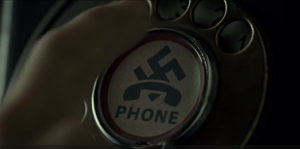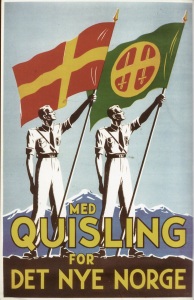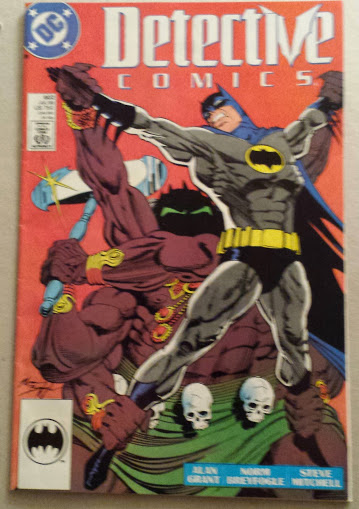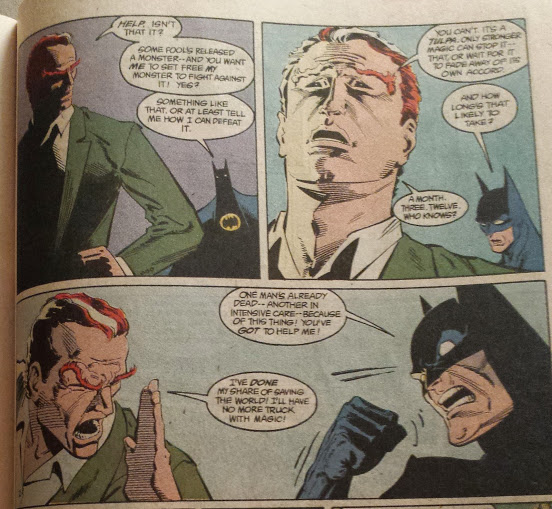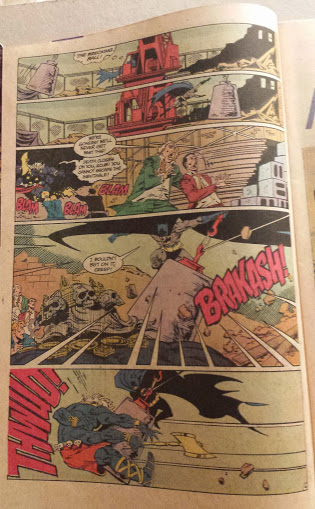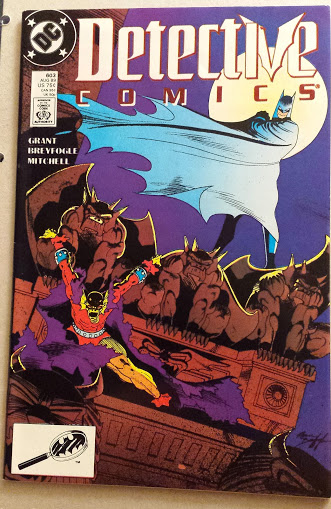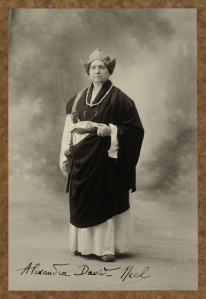So I have spoken previously about Vikings, the show on the History Channel which we get on Amazon UK. I am now caught up as far as the middle of Season 3, which I think is as much as is out there. And it’s … interesting.
So there are a few trends I’ve been noticing in this season, and I wonder if anyone else watching the show feels the same way.
Less GoT-ification? Last season it seemed like there was a lot of kind of implausible Game of Thrones sex plot (or I, Claudius if you’re nasty) and that seems to have dried up a little. Instead of Cwenthryth being just some louche debauchery queen who turns up and has sex with a bunch of Ecbert’s troops, we see her as someone who’s stranger and more sort of psychologically complicated (although still in corny TV-show ways, of course; it’s still Vikings). And although there is still a lot of focus on the screwing, it seems a little more subdued. At least to my eye, but what do I know?
Doubling down on the timeline! I have to confess this one surprised me. Obviously the very beginning of the first season set us up for the well-known story of Ragnar getting killed and his sons seeking vengeance. But then this thing with Judith is just … OK, let me ask this. What year is it? Because we’ve got the Vikings making first contact with England (the 790s), the birth of Alfred the Great (the 840s), and the life of Rollo (the 900s). And I thought they were just going to fudge that, but no, they keep reinforcing the idea of tying the story to specific historical figures. Like, people claim that The Tudors is historically inaccurate, and it absolutely is, but at least like Richard III doesn’t show up in it. But the show seems determined to go full Perry Bible Fellowship.
I still don’t care about Torstein. Back at the beginning, Ragnar had this little posse of Viking warrior dudes: there was Rollo and Floki and Lagertha and The Tall One and The One With One Eye and The Other One. Two seasons later, The Other One gets a dramatic arc wrap-up, but … did he have an arc in the first place? As far as I can remember, he just delivered news occasionally. I may be forgetting a bunch of interesting stuff he did.

Ambiguously supernatural stuff! This is my favourite part of this season. Frankly, this show could be Ambiguously Supernatural Adventures and I’d be happy. The more this is about some Legends of the Old West-type historical mythology rather than “well, you know, the Vikings blah blah blah,” the happier I am.
Battle scenes continue to bore. So the big battle at the beginning of Season 2 had some character development in it, and so did the one in this season where the thing happened with Thorunn; I don’t want to spoil it. But for the most part, the fights are just frustrating. They’re just a bunch of dudes running at each other and clanging their swords together, and they’re set up so that we feel like Ragnar is a cheat. Like, he has no business winning some of these things. I swear he makes an opposed landing out of his longships at one point and the Mercian archers just stand there with their thumbs up their butts (not that there were probably a lot of organised archers in early medieval armies, but leave that aside for the moment), zipping off an arrow every now and again.
It just feels fake — the show, intentionally or not, sets up the scene as “this is going to be really difficult,” but then Ragnar just walks it without any real effort to show how he overcame the difficulty.
Clothes and hair. I miss Bjorn’s Bayeux Tapestry hair, and I note that Ragnar is still sewing the seams of his shirts closed with what appears to be some kind of electrical cable. He must be cold as shit. Everything is all black and grey and blue, because that is what colour things were in the past as any fule kno. Sometimes you wonder if people actually think about Viking age costumes or whether they just lie down and go “let me imagine someone who’s tough-looking. What does it mean to be tough?” In the 1950s and 60s, apparently the answer was “little leather shorts,” and in the modern day apparently it means “doesn’t know anyone who can sew.”
Why is everyone I know a scumbag? One of the most irritating things about Sons of Anarchy was that in order to maintain the premise, the show had to keep conserving its characters, which led to this situation where whatsisname, y’know, Hamlet, was forever trusting people who had clearly betrayed him in the past and had no motive to change. In Vikings, this isn’t as bad, because the cast of available supporting characters actually has a good in-narrative reason to be limited — there’s only so many jarls or whatever around. Additionally, this is the kind of political behaviour you see all the time in the sagas, with people being enemies one minute and kinda-sorta allies the next. It’s nice to see it on screen. And then again, it’s all backed up by the knowledge that Ragnar is eventually going to get his comeuppance eventually (probably).
So yeah, I’m going to keep watching and enjoy the occasionally great shots (of the stark, mountainous landscape of, er, southern Denmark … ) and the fun little character moments and wish they could get someone who could write some dialogue. I think it’s very interesting that this show continues to exist.
I guess this would be the time to mention that I wrote a little Lovecraft-influenced horror novella set in the Viking age. I’m very diffident about everything I do, but if you think that it sounds interesting, you can find the links to buy it here.

























